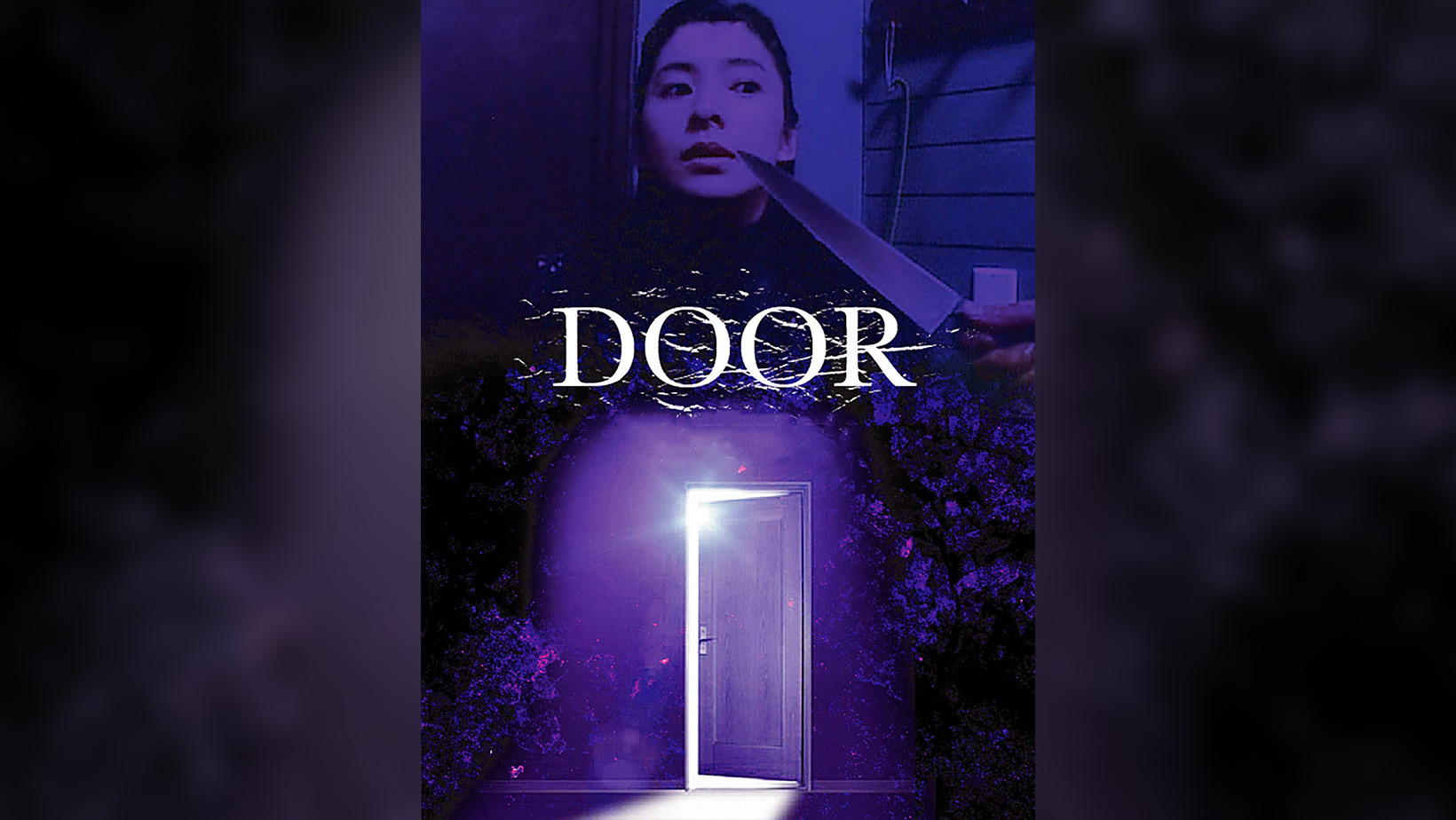

Door is a 1988 Japanese psychological horror thriller written and directed by Banmei Takahashi with additional writing from Ataru Oikawa. Beginning his career in Pinku Eiga in the 70s, Takahashi has worked with some of the greats in the genre, such as Mamoru Watanabe and Koji Wakamatsu to name a few. He is notable for directing such films as Attacking the Girls (1979), Ôkami (1982), and Human Intersection: Dying (1993).
Yasuko, a housewife living in an apartment building with her husband, Satoru, and young son, Takuto, becomes annoyed at a door-to-door salesman’s incessant spam calls. In frustration, she slams her door shut and injures the man’s hand in the process. Although he leaves, this is but the start of Yasuko’s nightmarish harassment.
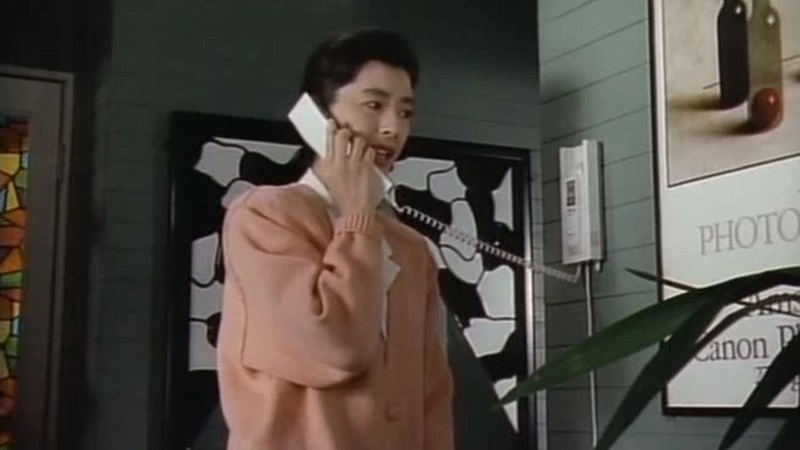
An incredibly oppressive example of J-horror, Door (1988) perfectly fits into the expectations of 80s-style horror synonymous with Japan. Manifesting a gradual atmosphere of tension and dread, the plot’s dark ambiance is masterfully achieved to create a slow-burning tale of fear and paranoia. The gradual intensity of the harassment increases into a crescendo of a unique take on the home invasion subgenre, somewhat reminiscent of the Italian Giallo. However, unlike the whodunit plot twists and red herrings of Giallo, Door (1988) shows its cards from the get-go, disclosing the antagonist’s identity at the film’s very beginning. Despite this, lacking any mystery hardly detracts from the thrilling build-up of tension.
Whilst beginning with typically standard shots, the cinematography of Door (1988) unnoticeably evolves to produce a tight, claustrophobic experience that only intensifies in the film’s third act—culminating in a disorientating yet riveting finale. Furthermore, the film’s score follows suit with its visuals, beginning conventional in its delivery before escalating. Notably, in the third act, the score transforms into a cacophony of short, sharp bursts of sound similar to “a cat on a Casio.” However, this mix of dizzying visuals and disorientating score work in tandem to produce an exhilarating cat-and-mouse chase of life and death.

The level of special effects alludes to a particularly grisly depiction of violence, contrary to mainstream J-horror at the time. All attained via practical means, Door’s bloody violence rivals the more exploitive horror points—unflinching in its willingness to let the violent moments linger in memorable moments of shock cinema.
While Door (1988) may not be as well-known as other Japanese horror classics, it is undoubtedly a hidden gem for fans of the genre. Its ability to induce fear through psychological horror and its lingering sense of unease make it a must-see for horror aficionados looking for a genuinely haunting experience.
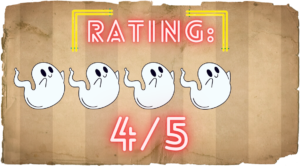
We watched Door (1988) at Fantastic Fest 2023
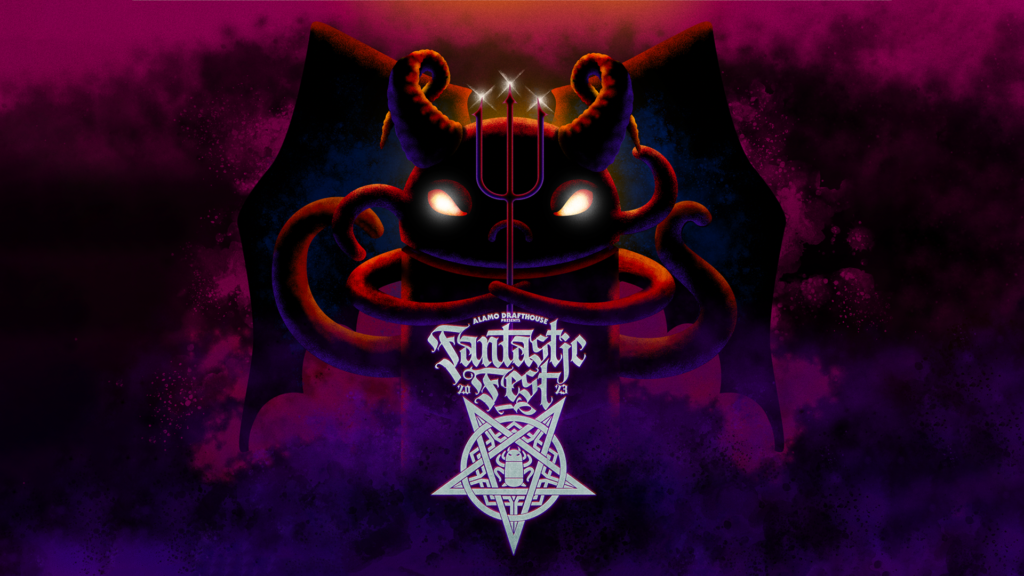
More Film Festival Coverage
The Dead of Night Film Festival is Merseyside, England’s only dedicated horror film festival. It ran across the 1st and 2nd of October for its sixth year at The Bijou… Writer/Director Pierce Berolzheimer made a show-stopping debut at this year’s Arrow Video FrightFest with the world premiere of his first feature: Crabs!. The film is a wonderfully crafted love letter… Content Warning: This film contains depictions of ne***philia. Bad Candy takes place in the town of New Salem during Halloween, where two radio DJ’s invite callers to share local myths…. Bringing you more found footage and POV horror than you can shake a stick at, Unnamed Footage Festival is back at it once again with an incredible lineup for 2023…. My Mother’s Eyes is a 2023 Japanese science fiction psychological thriller, written and directed by Takeshi Kushida. No stranger behind the camera, Kushida is also the creative mind behind the… Deadware is a 2021 American-found footage horror, written and directed by Isaac Rodriguez. Mostly known for directing horror shorts such as We All Fall Down (2011) and Russian Doll (2019)….The Dead of Night Film Festival 2022
Interview with Pierce Berolzheimer – Director of Crabs!
Bad Candy (2021) Film Review- A Frightfest Halloween Anthology
Unnamed Footage Festival 666 (2023) Short Films Collection- A Short, Sharp Shock to the System
My Mother’s Eyes (2023) Film Review – Beyond Sanity [FrightFest]
Deadware (2021) Film Review – Haunted Point and Click Adventure

Hey there, I’m Jim and I’m located in London, UK. I am a Writer and Managing Director here at Grimoire of Horror. A lifelong love of horror and writing has led me down this rabbit hole, allowing me to meet many amazing people and experience some truly original artwork. I specialise in world cinema, manga/graphic novels, and video games but will sometime traverse into the unknown in search of adventure.
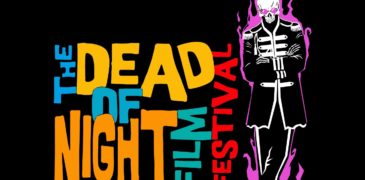



![My Mother’s Eyes (2023) Film Review – Beyond Sanity [FrightFest]](https://www.grimoireofhorror.com/wp-content/uploads/2023/07/My-Mothers-Eyes-cover-photo-365x180.jpg)
